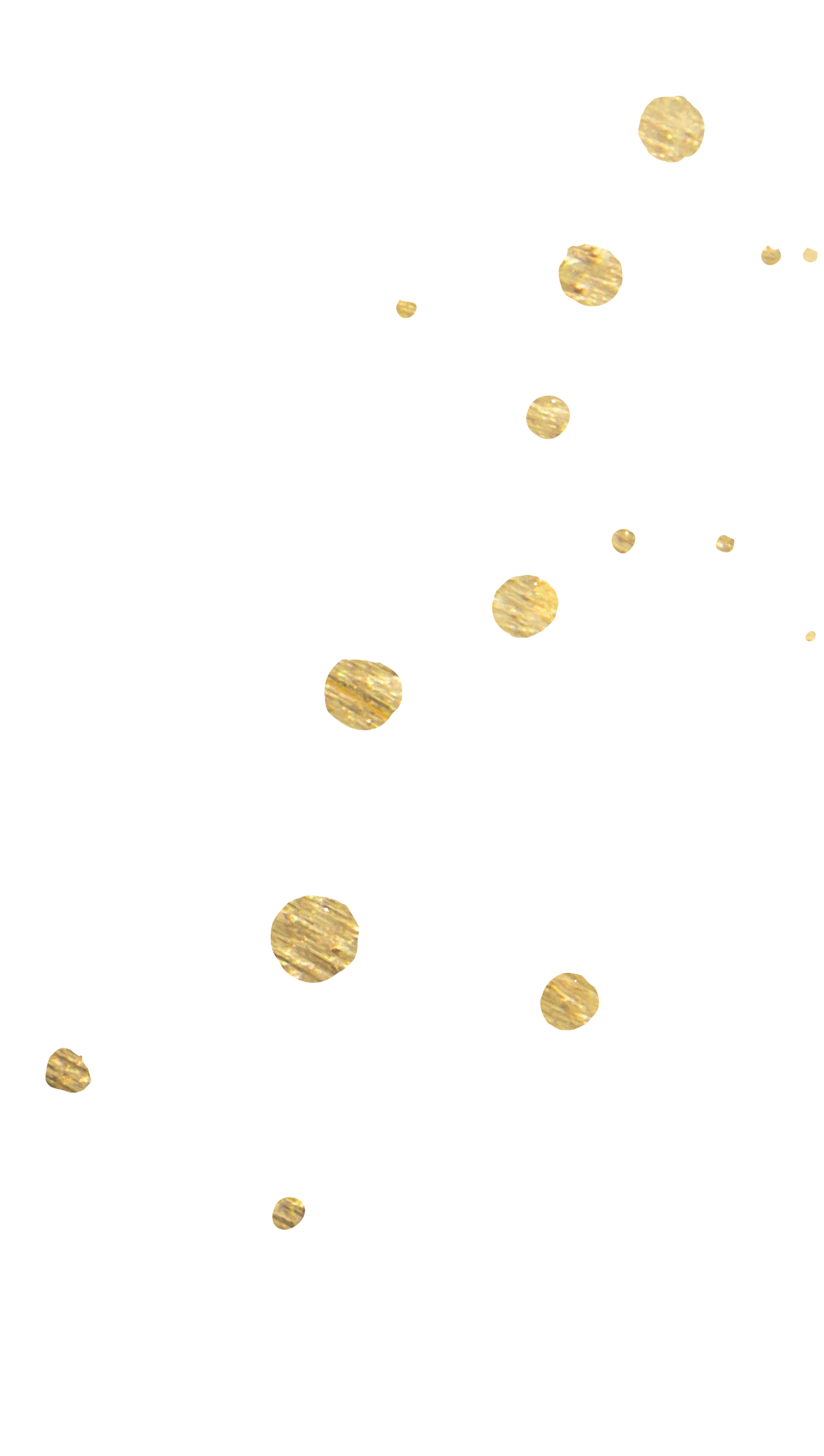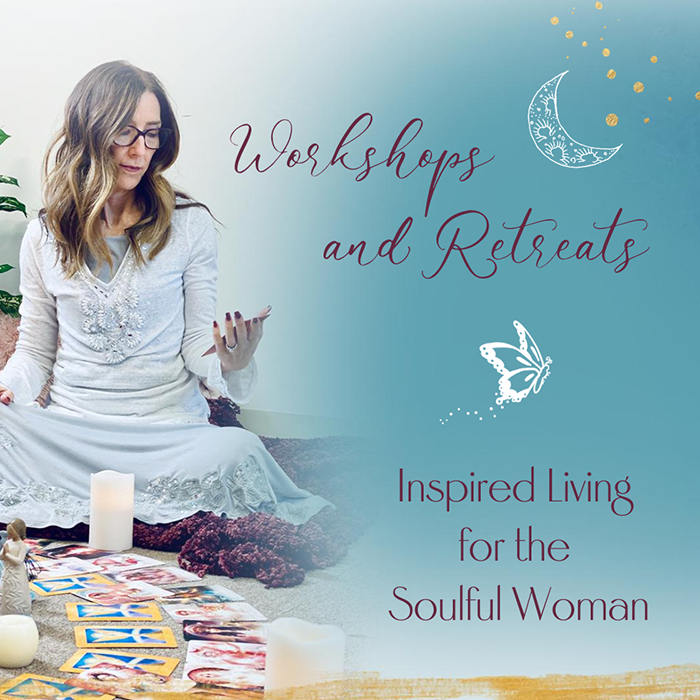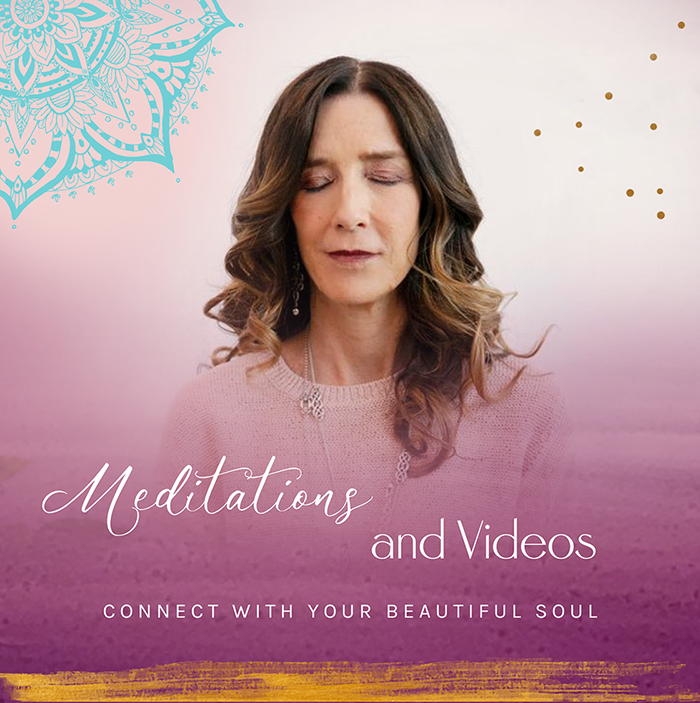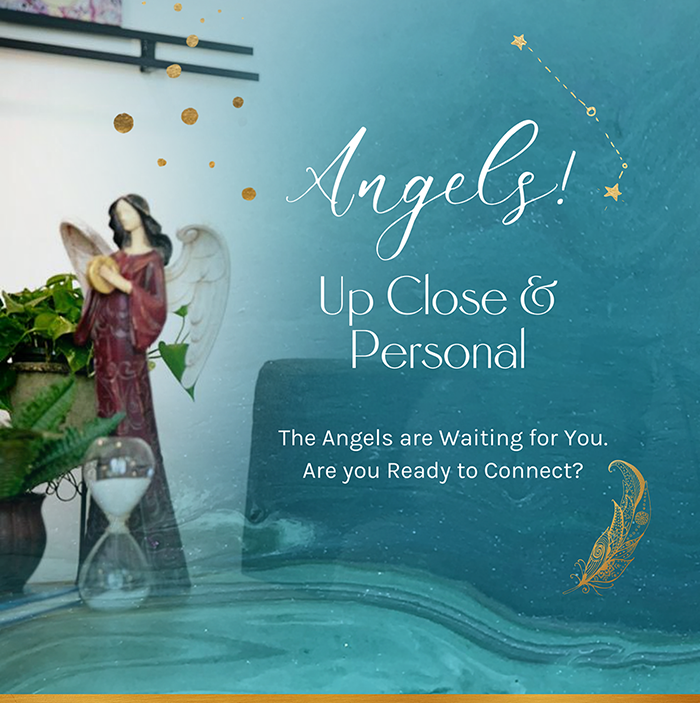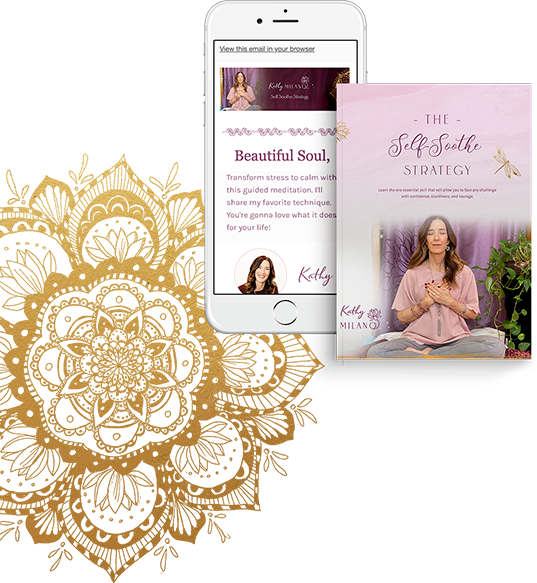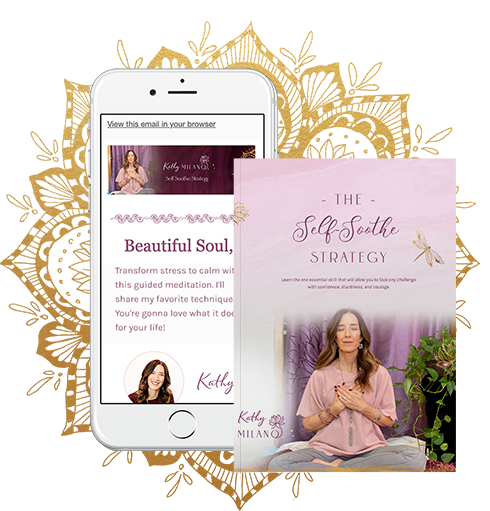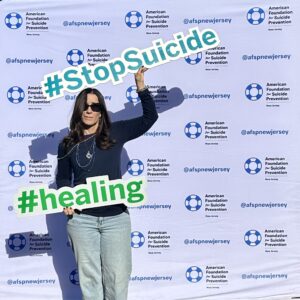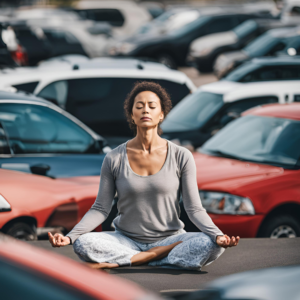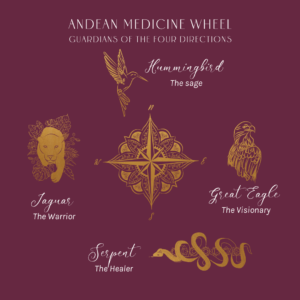You live in a connected world that has a paradoxical effect of leaving you disconnected.
From yourself, the rhythm of nature, and each other. Sure, you can message or video chat with people all around the world on the platform of your choice. And receive moment to moment updates of every kind of news, inspirational stories, and Suzie’s really cute puppy.
While this is fast becoming a primary source of interaction, the question is whether it is beneficial to your well being.
The research on the benefit or detriment of engaging in the virtual world will only grow over time. And each study looks at something different with various populations with greater specificity or broadness. Ultimately how social media affects a person will depend to some degree on how that person engages various platforms. That’s obvious.
What’s been discovered so far?
Some studies agree that passive engagement with social media, including “doom scrolling” and unfavorable social or self comparisons, is associated with increased depression. While active use may decrease depression when a person is sustaining long distance relationships or engaging with local communities or groups with shared interests. But research suggests that active engagement is not always good for you either.
How much time on social media are we talking about?
A recent study reported that college kids are, on average, spending 3 hours on social media (not counting virtual learning) while adults report an average of over two hours. Studies vary on these numbers, but not by much. Average means some folks are spending way more than 3 hours and some way less. You got the gist.
Both students and adults reported that only 20-25% of social media time include active use. Uh oh.
But not for the pandemic, right? Wrong.
The Greater Good Science Center’s research suggested that even when quarantined, social media use wasn’t beneficial for mental health. About 75-80% of time the engagement with social media was passive, which was associated with worse overall mental health.
Even active use was not related to positive outcomes (eg, life satisfaction, perceive meaning in life). And it was associated with worse negative outcomes among adults across the US. These findings held steady across participants’ age, race, income level, and gender.
When the world really needed connection, the findings were similar.
Research gathers data from groups, not individualized case studies. So, assess the result for your own life. Yet, the group data suggests social media over all is not the answer to human disconnection and depression. The question is if it is a larger contributor to greater dis-ease than is yet perceived.
Genuine, positive connection is essential for human wellbeing.
Even when you are trying to actively engage with others on social media, you aren’t getting the full on benefit of all that is involved in face to face, voice to voice, and body touch to body touch connection.
The recommendations so far?
Limit social media time each day and prioritize quality human interaction which is conducive to genuine connection. And, as you’ll read in the Heartwarming News below, get some exercise.





